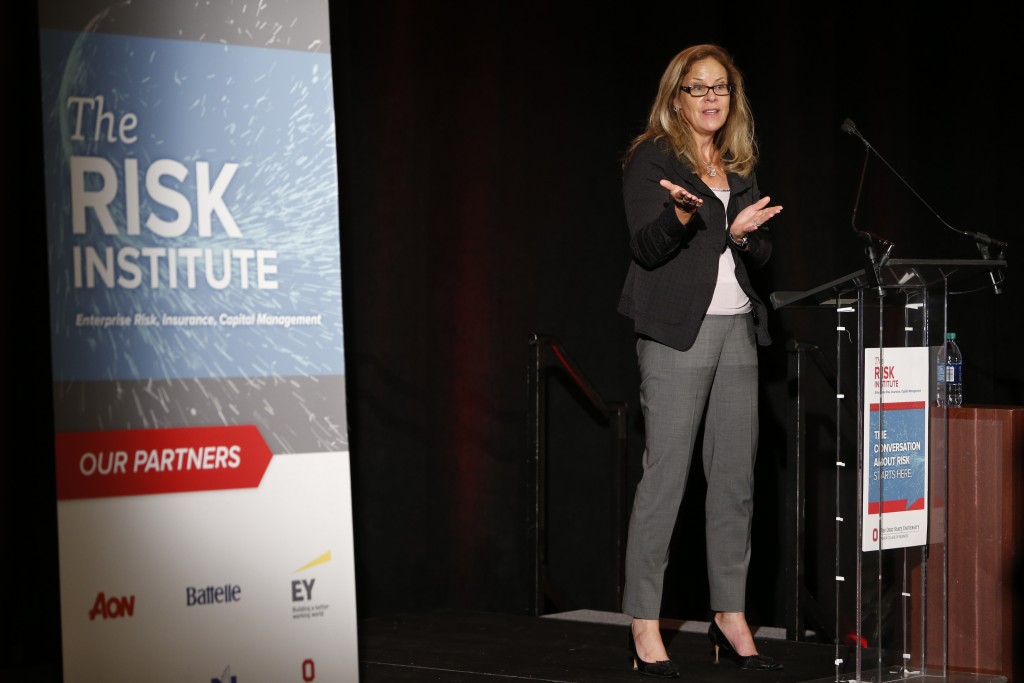Artificial intelligence, drones, and the internet of Things are some of the most exciting developments happening in the tech world, but with these advancements come new and unforeseen risks for companies, governments and private citizens.
Last week, The Risk Institute hosted a continuing professional development session on the risk implications of smart technologies with experts from DHL, Cisco, EY and The Ohio State University.
“Ten years ago, people thought of drones as something used by the military on covert operations. Today, drones are available for a couple bucks and can fit in your pocket,” said Jim Gregory, Director of the Aerospace Research Center at The Ohio State University.
Gregory believes that the possibilities of drones are far-reaching, from package delivery to search and rescue, but that in order for the economics to work themselves out, the legality of drones needs to shift because under the current FAA regulations, most of these use cases are still illegal.
The most significant risks involving drones are
- Loss of control link
- Collision with another aircraft
- Collision with people or property on the ground
- Emergent behavior of autonomous system
Many of those risks can be mitigated with “redundancies on redundancies,” which according to Gregory can take the form of robust control links and never allowing one system to become so important that its failure results in catastrophic failure of the entire system. These redundancies are also essential in artificial intelligence.
“Artificial intelligence is not a singular concept,” said Chris Aiken, Executive Director, Advisory Services. “It’s a science-based, multi-disciplinary combination of software and computations presented in a human-like manner.”
Just as the cotton-gin spurred on the first industrial revolution, many experts believe that artificial intelligence will fundamentally shift the workforce, but are also quick to point out that AI is not necessarily smarter that humans, it’s just different.
“The real power of AI is to augment and amplify human intelligence and performance,” said Aiken.
And world leaders are taking notice with the competition between countries like China, Russia, Canada and the United States heating up for a global arms-race to dominate AI.
But what value is there in artificial intelligence really? According to Aiken, the real value of AI exists in five areas:
- Revealing insights
- Optimize performance
- Harness automation
- Enhance experience
- Sustain trust
As with any disruptive technology, it’s valuable to consider the predominant ethical, legal, risk and social issues associated with it. In the case of AI, companies should:
- Start any project by examining the ethical and legal impacts
- Evaluate the consequences on jobs
- Communicate to win employee approval
Building trust between the user/impacted parties and AI is imperative for the success of the technology and business. Taking a holistic, human-centered approach, focusing on outcomes, and being pragmatic and ethical are common sense steps to take in order to build trust.
The Risk Institute remains committed to leading the conversation on risk in partnership with our member organizations. We examined the risk impacts of artificial intelligence in the risk function in our 2018 Survey on Integrated Risk Management. The findings might surprise you.











